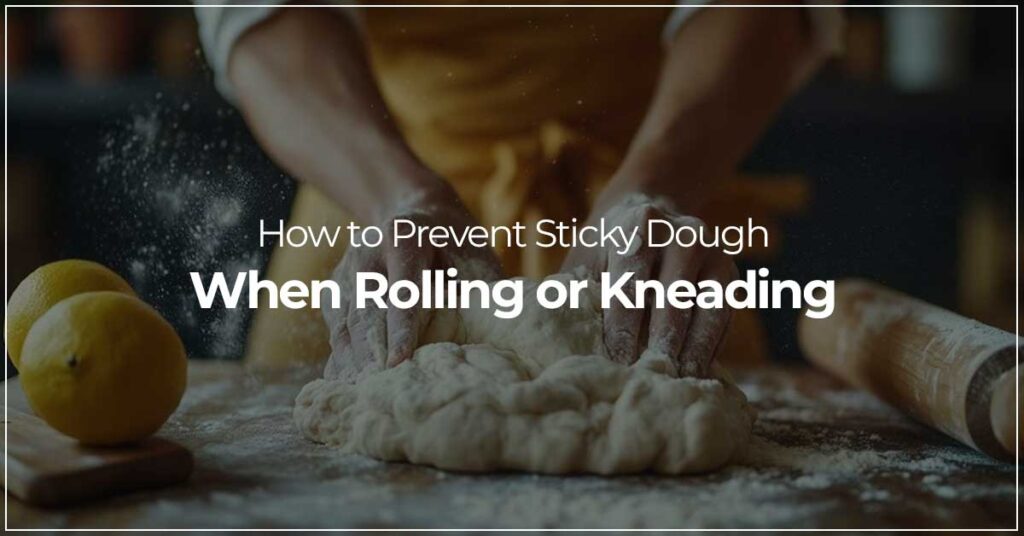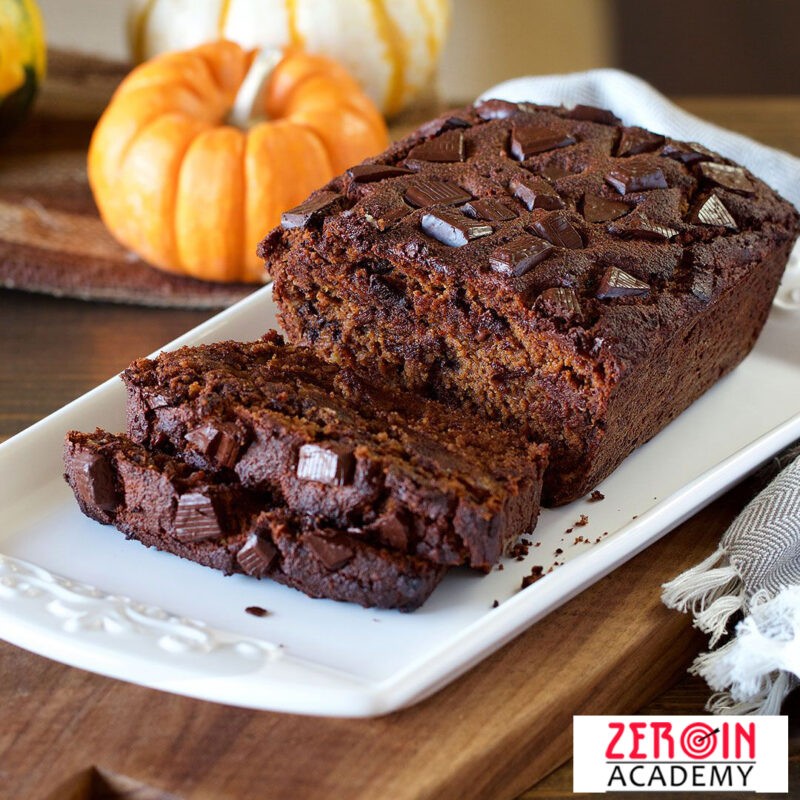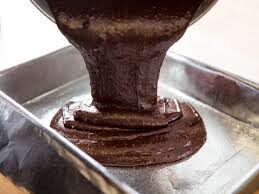
To prevent sticky dough when rolling and kneading ensure your work surface and hands are lightly dusted with flour,use a proper hydration level in your recipe knead thoroughly to develop gluten and if necessary add a small amount of flour only when needed while avoiding over flouring which can result in a dry dough to create soft and good dough so that it can make the dough very soft for baking even without egg
Here are some tips to prevent dough from sticking when rolling and kneading:
- Flour
cost your rolling pin with extra flour to fill the pin’s grooves and prevent sticking.you can also flour to fill the pin’s grooves and prevent sticking
- Parchment paper
Roll out dough between two sheets of parchment paper to prevent sticking to your rolling pin and work surface
- Knead
Knead the dough for at least 15 minutes, or until it’s not too tacky
- Oil
Use a small amount of oil to prevent dough from sticking to your hands
- Add flour gradually
Add small increments of flour as needed, as little as possible
Dough can become sticky when you add too much water,the flour isn’t suitable or the dough is over proofed or fermented.You will need to use a little flour on your worktop to stop the dough from sticking too much.but there is a fine balance use too much and you won’t able to get the dough to stick.
What causes sticky sourdough or bread dough?
Overly sticky dough is normally caused by a combination of using the wrong flour and using too much water.
Try to use hydration level between 65-70%f for baking bread
Alternative to flour for sticky dough:
- Damp hands : for very sticky dough,try slightly dampening your hands instead of flouring them
- Oil on hands: Some bakers use a small amount of oil on their hands to prevent sticking.
What to do if your dough is too sticky:
With these tips, your dough should be manageable and ready for the next step in your baking process. Our baking classes in chennai can teach you more techniques for handling dough and perfecting your baking skills
Add flour gradually
If your dough is too sticky,add a small amount of flour at a time,incorporating it gently until the dough becomes manageable.
Adjust the recipe
If you consistently have issues with sticky dough,consider adjusting the recipe by slightly reducing the amount of liquid
Important points to remember:
- Don’t add too much flour: Adding too much flour can result in a dry, tough dough.
- Consider the recipe: Some doughs are meant to be quite sticky, like high-hydration doughs for
- Check the moisture level: If you suspect your dough is too wet due to too much liquid, adding a bit of flour might be necessary
When using simple tricks like lightly dusting your work surface, or chilling the dough, or lightly oiling up your hands to keep things lubricated, smooth, and easier to handle. Sticky dough also often means something is hydrated-and hydration is pretty much the sign of making well-tendered breads.The key is to approach it with patience and flexibility. Every dough has its own personality, and learning to work with it is part of the fun of baking

